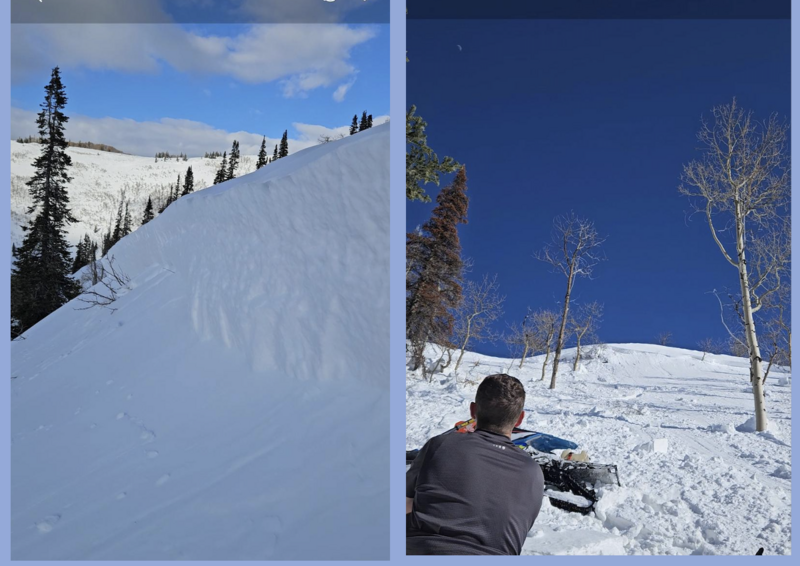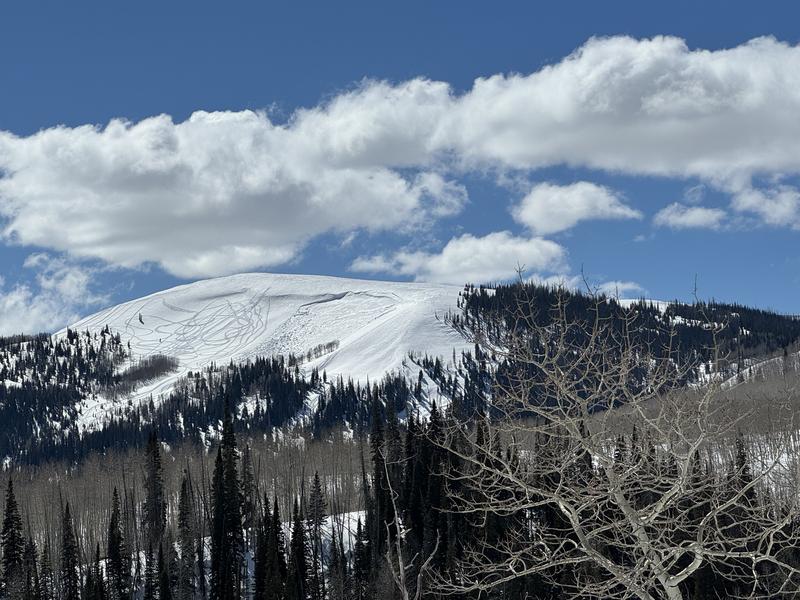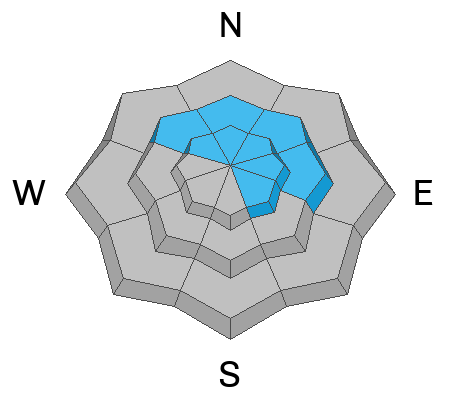Forecast for the Uintas Area Mountains

Issued by Mark Staples on
Monday morning, March 18, 2024
Monday morning, March 18, 2024
Throughout the Uintas it'll be a another beautiful day to be out with a LOW danger on all slopes near and below treeline.
Above treeline, the danger is MODERATE where human triggered avalanches are possible. Riding these alpine slopes is doable, but watch for two things. Avoid recent deposits and drifts of snow blown by winds from the east. Also, use your best judgement and aim towards slopes where the snowpack appears deep and avoid rocky areas with a thinner snowpack.

Low
Moderate
Considerable
High
Extreme
Learn how to read the forecast here










